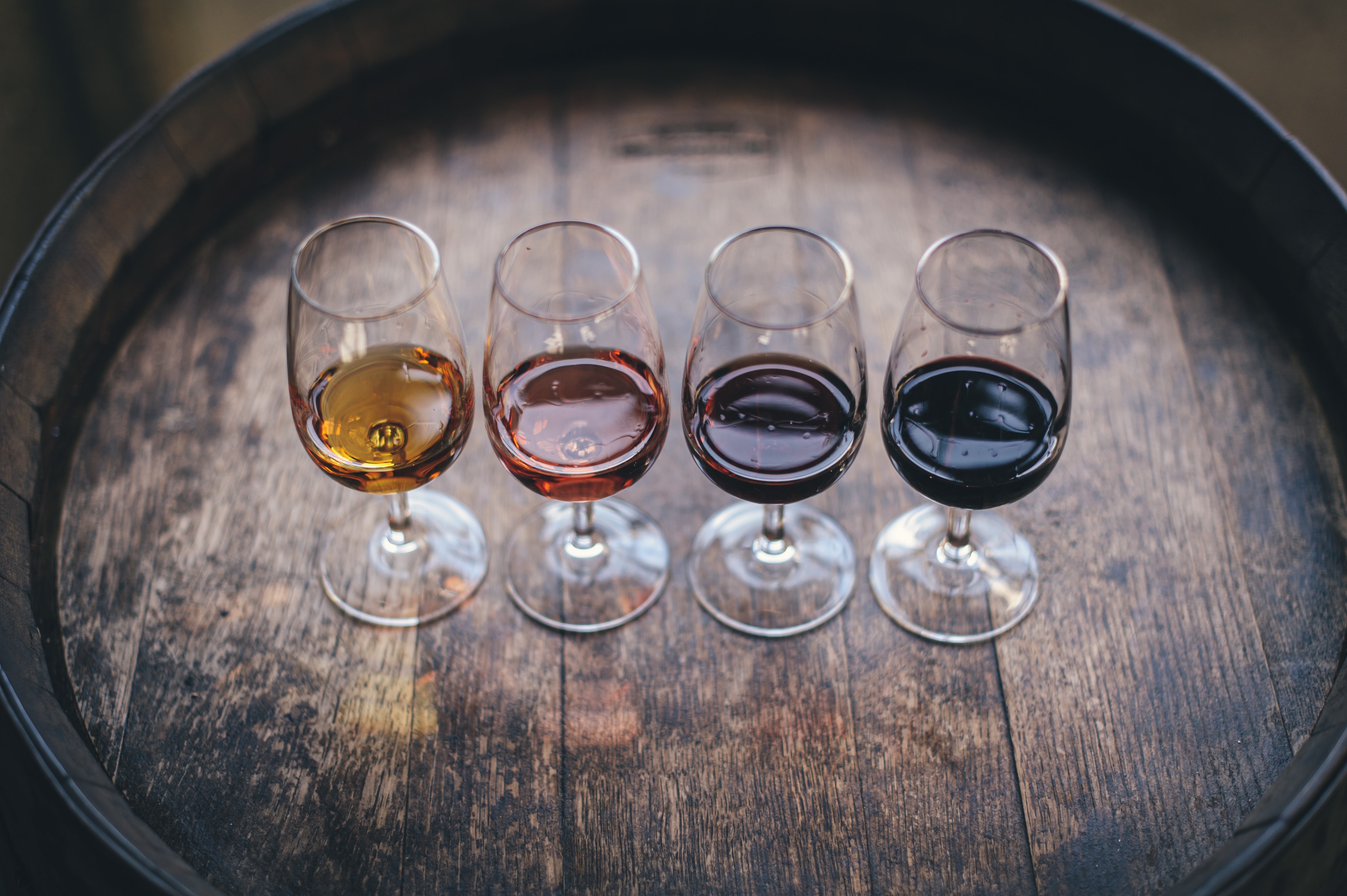Red, White, Rosé and Orange
May 20 2020 6:30pm
Some of us like red wine, some of us like white. Sometimes we are in the mood for a Rosé or to try an Orange wine. Some of us like them all, sometimes it’s more about the time of year, day, the occasion, the weather or the food pairing. Let’s do a little breakdown the basic differences between each of these types of wine:
Red:
Red wines are produced from red or black grapes. Red wines depend on contact with the skins and seeds to develop the deep color, structure and flavor. The thickness of the grapes skins influences the red wines scale of lightness to robustness. Thinner skinned grapes like Pinot Noir and Garnache produce lighter bodied, lighter colored wines. Thicker skinned grapes like Cabernet Sauvignon and Syrah, produce deeper bolder wine.
White:
White wines are generally made from white or green grapes, but the main characteristic of white wine is the fermentation of just the grape juice, with the skins and seeds removed shortly after pressing. There is no standard flavor profile for white wines, but they tend to be lighter, more fruity and floral than most of their red counterparts. Most white wines undergo less aging at the winery, and also are more often drank within a few years of bottling and most often served chilled.
Rosé:
Rosé wine are made with red or black grapes, which are lightly pressed before going into a vessel for fermentation. The skins and seeds are separated from the juice much sooner than a red wine, sometimes just hours. The longer the juice is in contact with the skins and seeds, the deeper the color will be. Rosés tend to be on the lighter, fruity, more floral side like white wine and are most often served chilled.
Orange:
Orange wines are produced with white or green grapes, mashed with the skins and seeds, and fermented all together for days, weeks or even months before filtering out the skins and seeds. This process gives the wine the orange color hue and also interesting flavors. Orange wines tend to more tannic than white wines, and have more herbal and citrus on the nose and often an acidic zippy finish, although the flavor profile varies greatly based on the grape varietal(s) and the production techniques.


